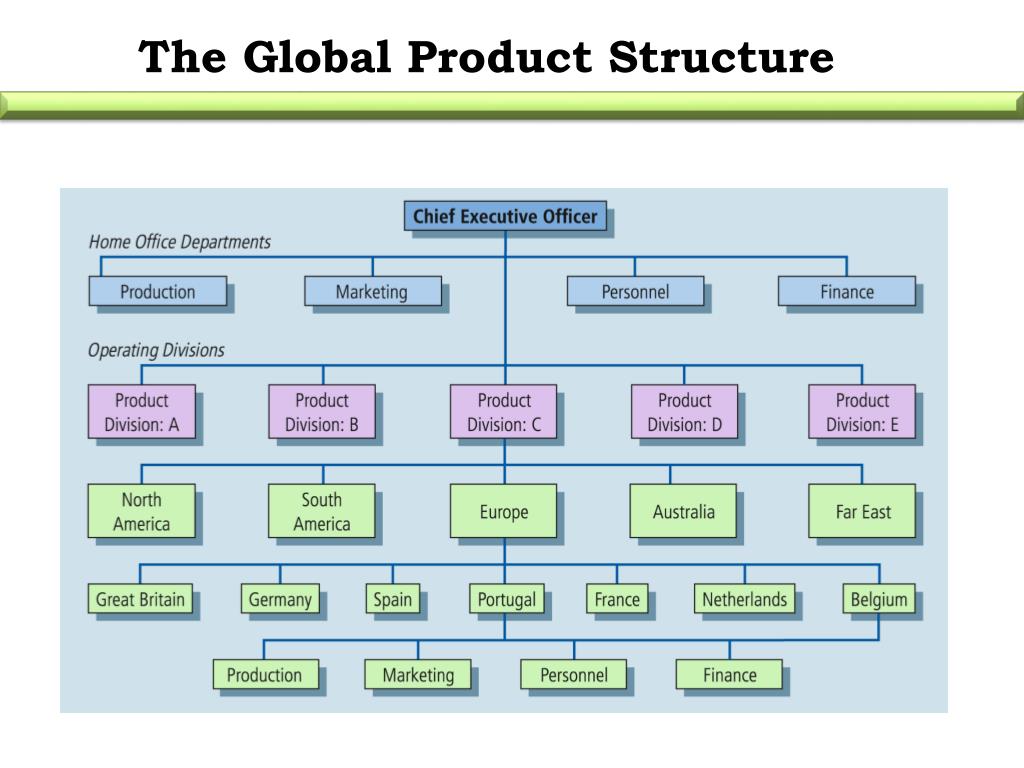In today's interconnected world, the importance of diversity in global product development cannot be overstated. As businesses expand their influence across borders, they discover that leveraging a variety of perspectives, experiences, and cultural insights leads to innovative solutions and successful products. Global product manufacturing is more than a process; it is it is an opportunity to utilize the unique strengths of diverse teams to create offerings that resonate with consumers on a more profound level.
Diverse teams unite varied viewpoints that can question conventional thinking and foster creativity. When professionals from different backgrounds work together on product design, they can recognize and meet a multitude of customer needs and preferences that might otherwise go unnoticed. This synergy not only enhances the attractiveness of products in diverse markets but also fuels sustainable growth for companies looking to succeed in an increasingly challenging landscape.
Benefits of Diverse Teams
Multifaceted teams bring a wealth of viewpoints and expertise to the table, which can substantially enhance innovation and innovation in international product development. When team members represent diverse cultural backgrounds, they approach problems with varying mindsets and solutions. This variety can lead to additional creative ideas and superior product designs that cater to a wider audience. As a result, companies are able to develop products that connect more profoundly with worldwide consumers, increasing customer satisfaction and loyalty.
Additionally advantage of diversity in teams is the improved decision-making process. Studies have shown that diverse groups tend to make superior decisions because they consider additional viewpoints and alternatives. This holistic approach reduces the likelihood of groupthink, leading to effective strategies and solutions. In manufacturers outside of china of international product manufacturing, the ability to adapt and respond to emerging challenges is crucial, and diverse teams are often generally adept at navigating these complexities.
In addition, inclusion fosters a higher collaborative and supportive work environment. When individuals feel appreciated and included, they are more likely to contribute their ideas and insights openly. This culture of belonging enhances team dynamics and promotes open communication, which is critical for successful global product development. Companies that emphasize diverse teams can create a culture of invention, ultimately driving improved results in product development and market performance.
Obstacles in International Collaboration
Collaborating on global goods design presents several issues that can affect the effectiveness of teams and the total performance of initiatives. One major challenge is the difference in time differences, which can obscure interaction and coordination. Groups spread across various locations might find it hard to locate concurrent hours for meetings, leading to holdups in the decision-making process and task schedules. This non-synchronous setting can frequently cause confusion or uncertainty, influencing the caliber of the end product.
Social variances also play a important role in worldwide cooperation. Diverse groups bring special perspectives, but varying communication styles, ethics of work, and business practices can create tension. For case in point, straightforward discourse might be valued in one community while indirect styles are preferred in another. These gaps can lead to discord or misunderstandings, potentially stifling creativity and cooperation. Organizations must focus on cultural awareness to address these issues successfully.
Lastly, operational challenges often occur when overseeing a worldwide distribution chain for product production. Differences in regulations, trade policies, and transportation expenses can obstruct the task of sourcing materials and supplying goods. Setbacks in transportation, compliance issues, or quality assurance issues can jeopardize the operational effectiveness of the supply chain effectiveness. Addressing these operational obstacles requires careful planning and strong alliances with local providers to guarantee efficient processes and punctual product delivery.
Approaches for Effective Incorporation
To expertly combine diverse teams in global product development, it is essential to nurture open discourse pathways. This means creating forums where team members can share ideas, issues, and insights without restrictions. Utilizing collaborative tools that enable live interaction can aid surmount geographical limitations and cultural variations. Frequent video conferences and team-building initiatives can further enhance bonds and foster trust among team members from various experiences.
Another beneficial strategy is to adopt inclusive decision-making methods. Involving team members from different regions and areas can bring a variety of insights that enhance the product development and execution phases. This strategy encourages creativity and innovation, as diverse viewpoints lead to more holistic solutions. Forming advisory panels or cross-functional committees can utilize this diversity, ensuring that every stakeholders have a say in the results.

Finally, investing in cultural training can significantly improve collaboration efforts. Understanding and respecting cultural diversity can lead to more productive collaboration and reduce the likelihood of conflicts. Offering training sessions that focus on cultural awareness and understanding can help team members acknowledge the diverse backgrounds that contribute to the development process. By prioritizing these approaches, organizations can utilize the power of diversity to enhance international product development and achieve greater results in the industry.
